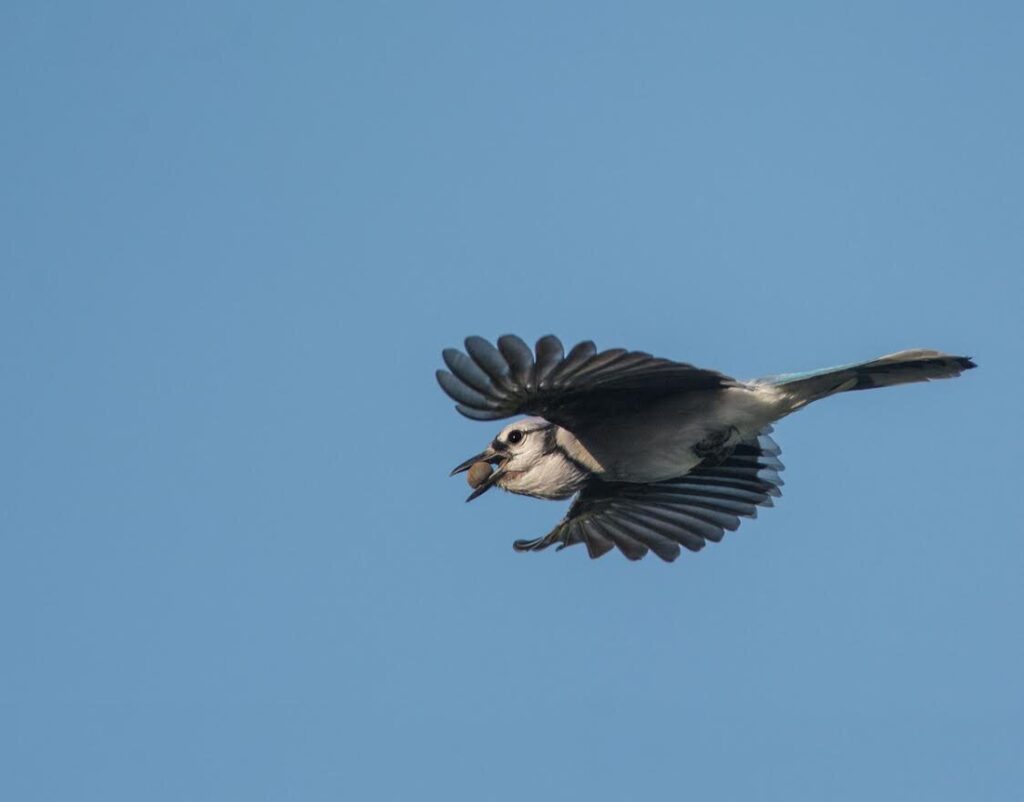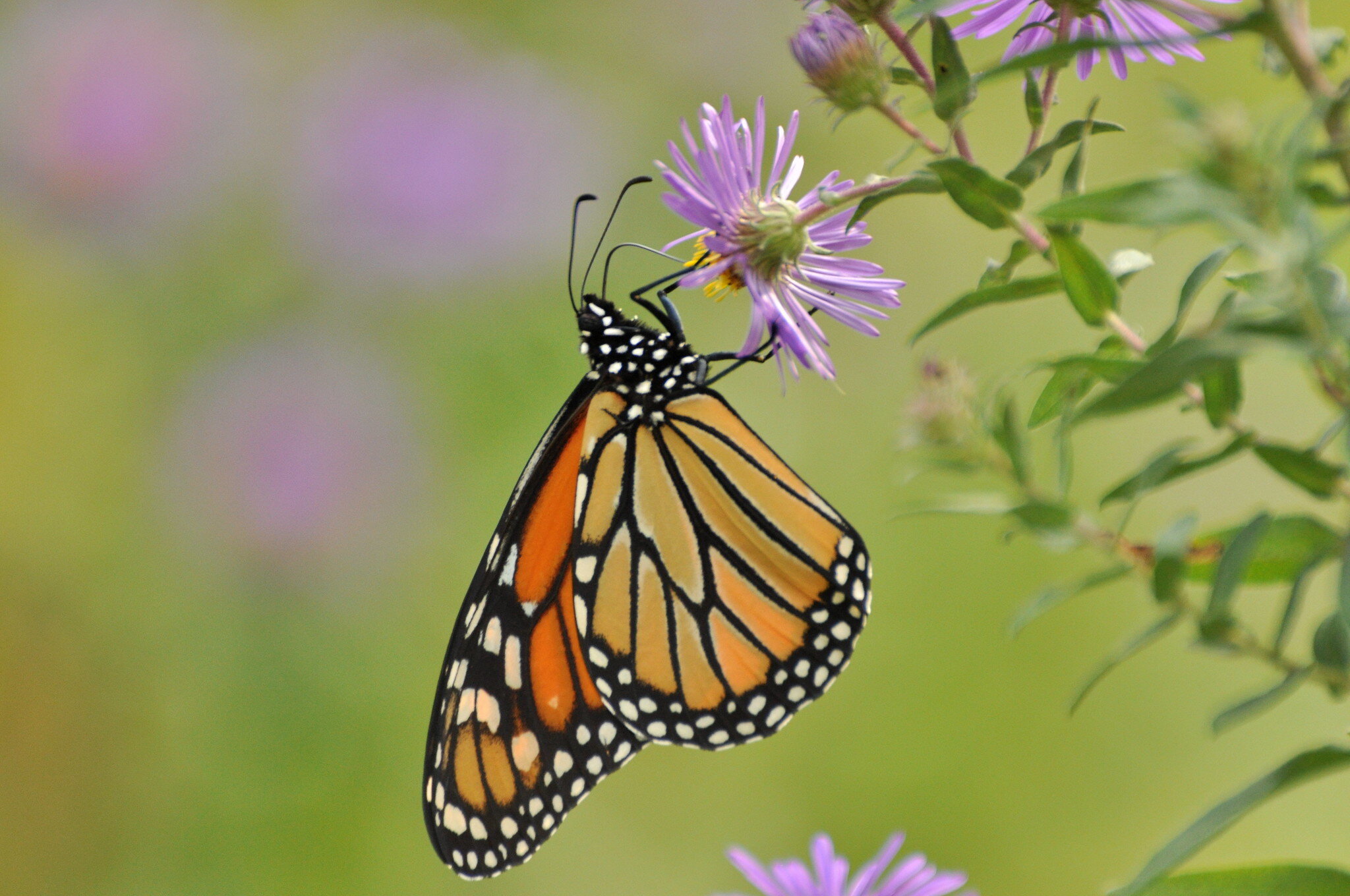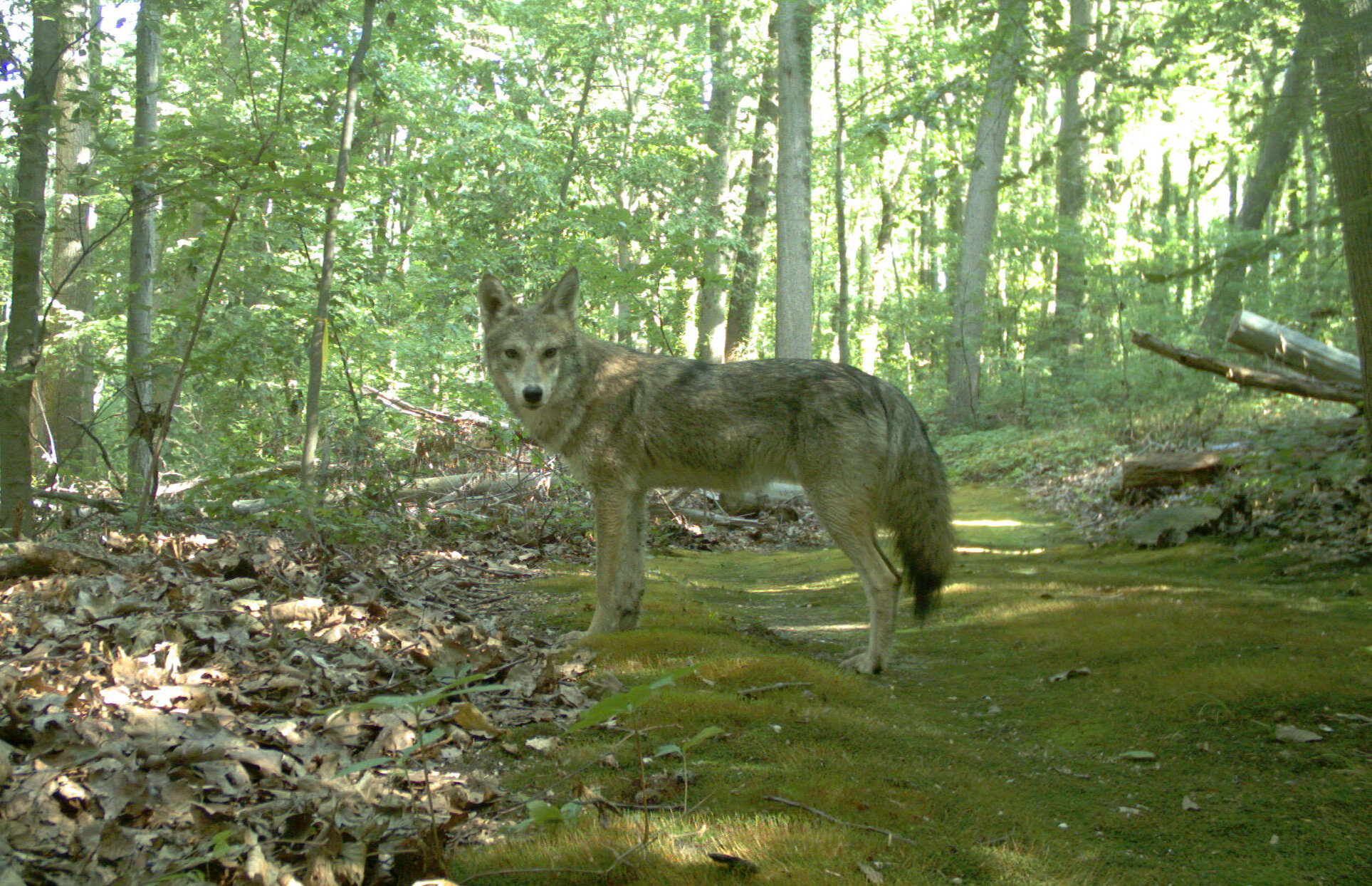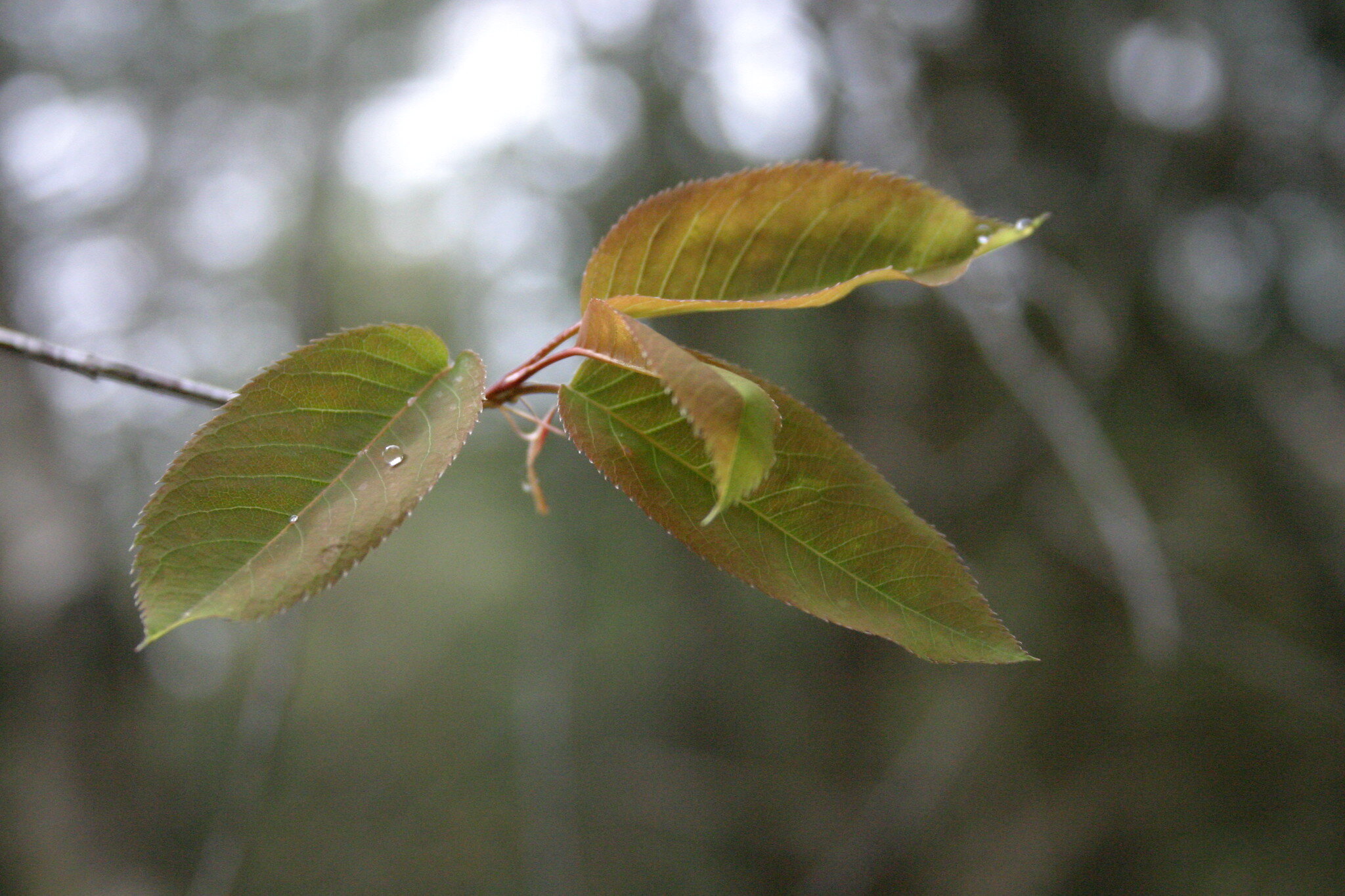By John Turner
Like any avocation or hobby, nature study provides the opportunity to learn as much or as little as you like. For example, a natural place to start, and where many nature enthusiasts limit their level of learning, is to learn the name of a plant or animal – oh, that’s an eastern chipmunk, red-tailed hawk or “chicken-of-the-woods” mushroom. We feel we know something about the species if we know its name, right? But like a person’s name – Enrico or Maureen, Emily or Peter or Nancy – provides you with the bare minimum about that person, similarly, knowing what a plant or animal is known as merely scratches the surface of what there is to know about it.
Many naturalists take a deeper dive, yearning to learn details of an organism’s “life history”: What does a red-tailed hawk’s nest look like and what is it made of? What types of animals does it prey upon? How many young are raised in a typical year? How many eggs does a female lay to make up a typical clutch and what do they look like? Does it migrate? If so, where to? Do male and female hawks look different? and so on.
These questions are straightforward and obvious, but the deepest dive for a naturalist is to explore much less obvious aspects of a plant or animal that reveal deeper, broader, and more profound ideas, principles, or phenomena. As an example let’s take the blue jay, a bird just about everybody knows since it’s a common species in suburbia, often frequenting backyard feeders and making jay! jay! sounds as pairs and packs fly about the neighborhood. Blue jays are wonderful examples in better understanding bird coloration and the character of the forests of eastern North America, especially after the last Ice Age ended approximately 20,000 years ago.
Let’s take bird coloration first. You may want to sit for this since you’ll be shocked to know: blue jay feathers aren’t blue! Bird feathers derive their colors in one of two basic ways – from pigments embedded in their feathers and from the microstructure in feathers which scatter certain color wavelengths. Most birds, those that are brown, black, yellow, orange and red (like a cardinal) owe their colors from the pigments embued in their feathers. In contrast, birds that are colored purple, and especially blue appear the color they do because their feathers absorb all the other colors of the visible light spectrum except the color you’re seeing, which is reflected off the feathers to your eyes.
So what color is a blue jay feather? Actually a mousy greyish-brown which can be revealed by a simple experiment. If you find a blue jay feather (usually common in late summer after they have molted) hold it in your hand. At first hold it so you are between the feather and the sun with the sun illuminating it; the feather will look blue, as all the shorter wavelength blue light reflects back to you. Now, slowly move your arm in a half circle so the feather is between you and the sun. No blue will reflect at all given the angle, and the actual color of the blue jay’s feathers pigments is revealed: grey brown in color. If the blue in a blue jay were derived from pigments holding it in that position would reveal a pale or washed out blue, but blue nonetheless.
(It should be mentioned that green colored birds and iridescence like the male mallard’s head or the ruby-colored throat patch of the ruby-throated hummingbird are caused by more complex interactions between light reflection and feather pigments).
Now on to the contribution blue jays have made to the forests of eastern North America. After the last Ice Age event, some eighteen- to twenty-thousand years ago, all of New York, New England and much of the Upper Midwest were devoid of trees, the forests that once existed there destroyed by the bulldozing activities of the advancing glaciers. Yet today, there are extensive oak forests many hundred miles north of the southernmost location to which the glaciers advanced. Now, acorns are generally round and they’ll roll after falling from a tree but what’s the maximum distance – 25 feet? maybe 50 feet in extraordinary instances? Well, clearly mere gravity can’t explain the forests rebounding. Maybe we credit squirrels or chipmunks for dispersing the acorns? Given their modest home ranges of several acres a piece, they couldn’t be the agents of dispersal. So how to explain the re-establishment of these critically important forests? In large part we need to thank blue jays.

In the Fall blue jays cache scores to hundreds of acorns, a staple of their diet through the winter by carrying several at a time in their crop, a storage organ in the throat reminiscent of the pouches of a chipmunk. (We could discuss another fascinating aspect of blue jays and their relatives – crows, ravens, and nutcrackers – their incomparable memory skills, being able to remember countless locations where they’ve cached seeds, acorns, and pine nuts). They’ll fly up to several miles to store their prized acorns so imagine the acorn that’s forgotten or never retrieved because a hawk killed the jay that stored it – it has the chance to become a mighty oak tree. And so miles at a time through nearly two hundred centuries the oak forests returned.
Ever since I took the “deeper dive” and learned these two things – that blue jay looks are deceiving and their role as ecological engineers – I look at them with a new found appreciation.
A Blue Jay isn’t Blue



